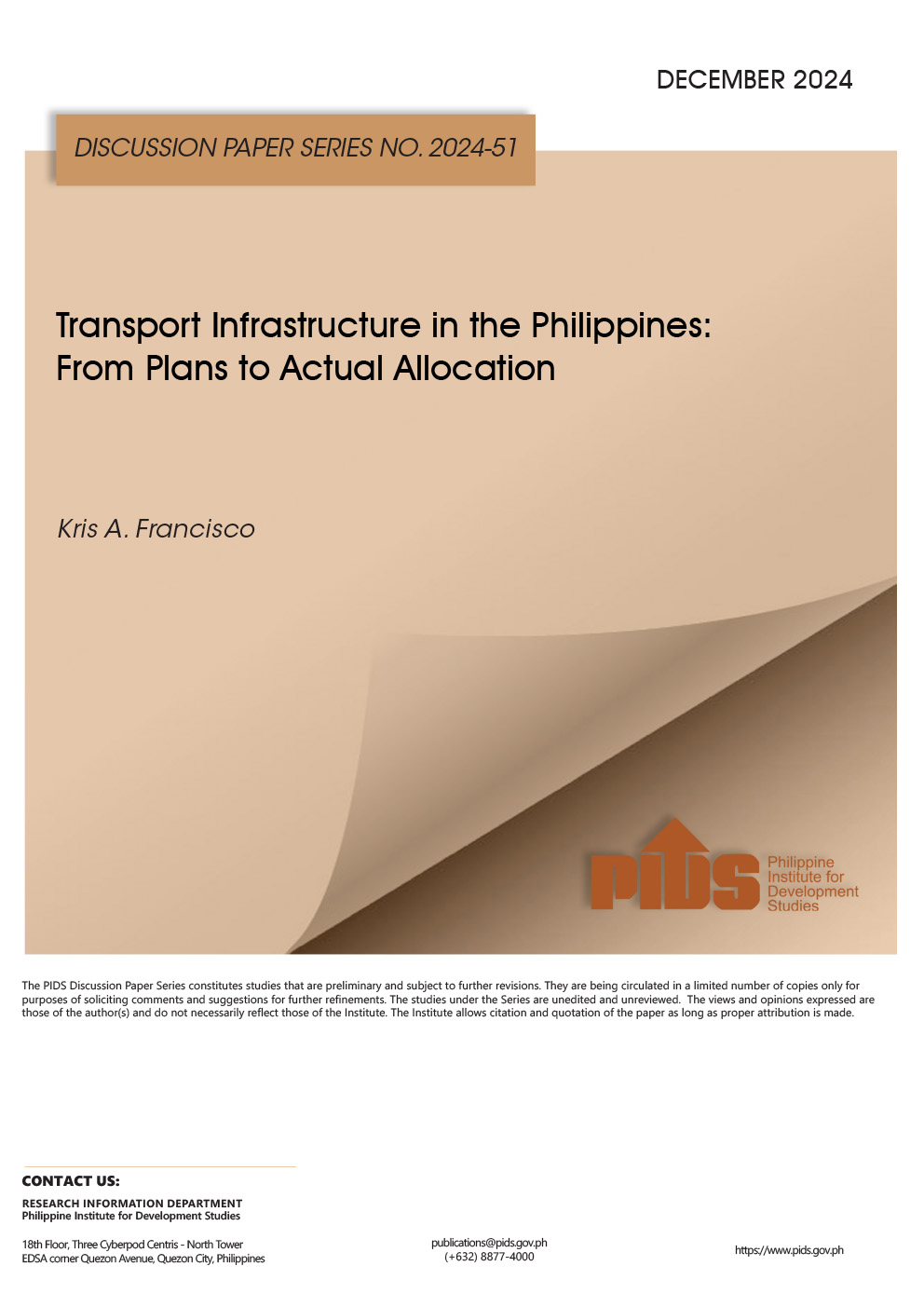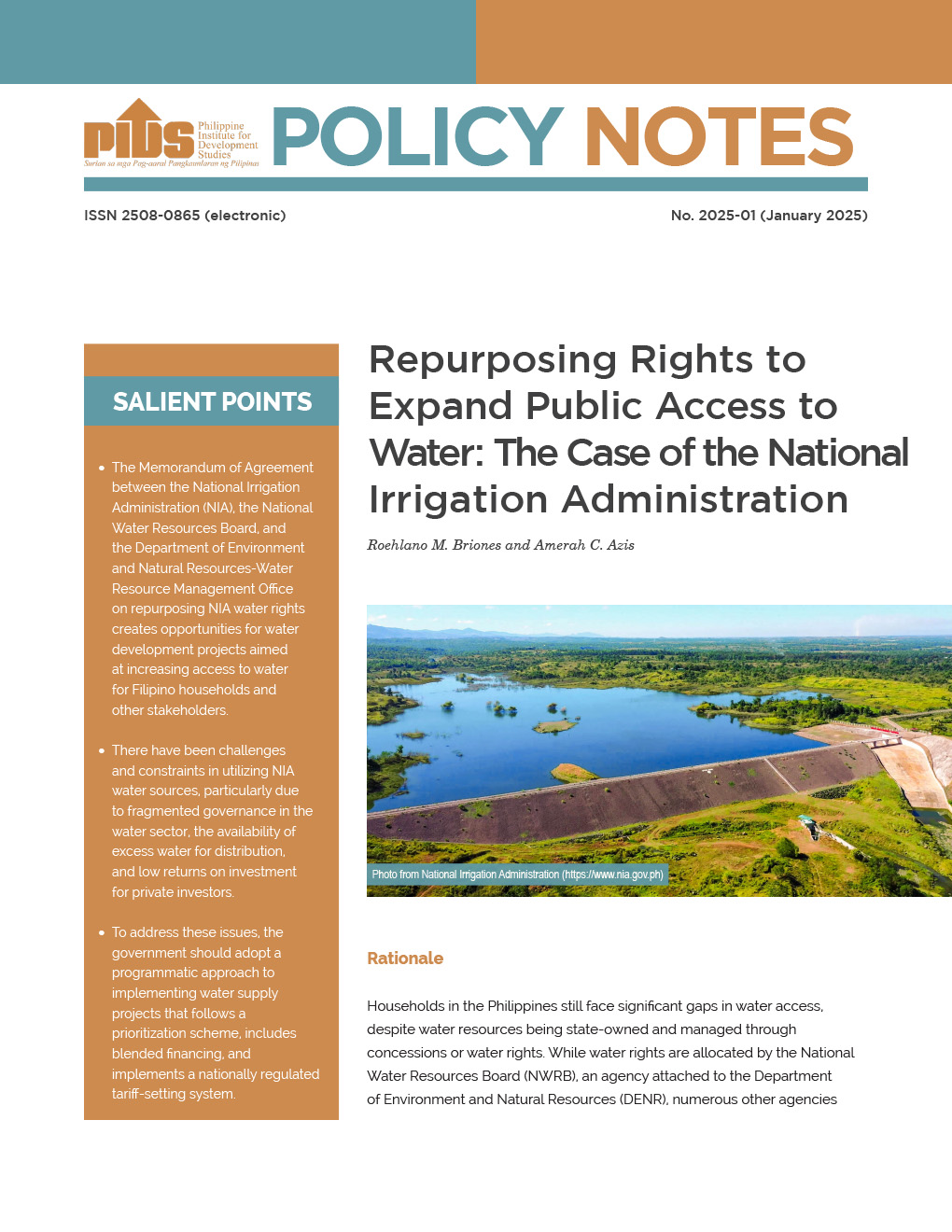Addressing taxation gaps in the digital economy may require the government to boost its digital infrastructure expansion nationwide, according to the Philippine Institute for Development Studies (PIDS).
In a discussion paper, PIDS Research Fellow Janet S. Cuenca said gaps remain in taxing firms operating in digital platforms in part because of the lack or absence of official industry data.
This is partly the reason for the absence of a satellite account dedicated to measuring the contribution of digital trade to economic growth.
“The satellite accounts are not yet formulated and still, there is a lack of statistics that explicitly measure the digital economy,” Cuenca said. “[There is also a] lack of international definition and statistical framework as well as international guidelines with regard to measurement of the digital economy.”
Further, Cuenca said, regulatory barriers continue to inhibit businesses from exploring and investing in digital technology solutions.
She said the country’s digital infrastructure gap remains one of the clearest bottlenecks that hinder the growth of digital economy in the Philippines.
Cuenca added that there is even a lack of standard permit issued across local governments, hindering the greater deployment of the needed infrastructure.
“[There are] problems concerning Internet availability [i.e., 74 percent of secondary schools lack Internet access], affordability [e.g., prices of ICT services are among the highest in Asean] and reliability/quality of digital infrastructure,” Cuenca said.
Apart from this, the Philippines said in an Asia-Pacific Economic Cooperation (Apec) report that other policy gaps in the digital economy include competition policy, Internet infrastructure improvements and consumer education.
In the same report, Cuenca said, the Philippine government said the “entry of new players in the ICT sector is hindered by limitation in ownership.” Only when these restrictions are eliminated will there be greater competition and innovation in the digital economy.
“The issues and challenges in taxation in the digital economy stem from the complex and multifaceted nature of digital economy. Reaching a common understanding and measurement of the size and impact of the digital economy is critical in devising a tax regime for the digital economy,” Cuenca said.
In a report, titled “A Better Normal Under Covid-19: Digitalizing the Philippine Economy Now,” around 60 percent of Filipino households do not have access to the Internet. This despite findings by We Are Social, which stated that Filipinos spend 10 hours online daily.
World Bank Economist Kevin Chua, lead author of the report, said in a briefing on Monday that most Filipinos rely on mobile data to connect to the worldwide web. Part of the reason is that digital connection in the Philippines is expensive, slow, and has a low broadband penetration rate.
Where Internet services are available, Filipino consumers experience slow download speeds. At 16.76 megabytes per second (Mbps), the Philippines’s mobile broadband speed is much lower than the global average of 32.01 Mbps.
In the region, the report said 3G/4G mobile average download speed stands at 13.26 Mbps compared to only seven Mbps in the Philippines. Chua said the most commonly used in the country is 3G which is the lower version of Internet connection.
Further, the World Bank noted that efforts to enhance digital infrastructure in the Philippines are hindered by the lack of competition, as well as restrictions on investment in the telecommunications markets.
These restrictions include the public utility designation of telecommunications, which limits foreign ownership and places a cap on the rate of return.
PIDS: Tax gaps in PHL digital economy may require infrastructure expansion to resolve












